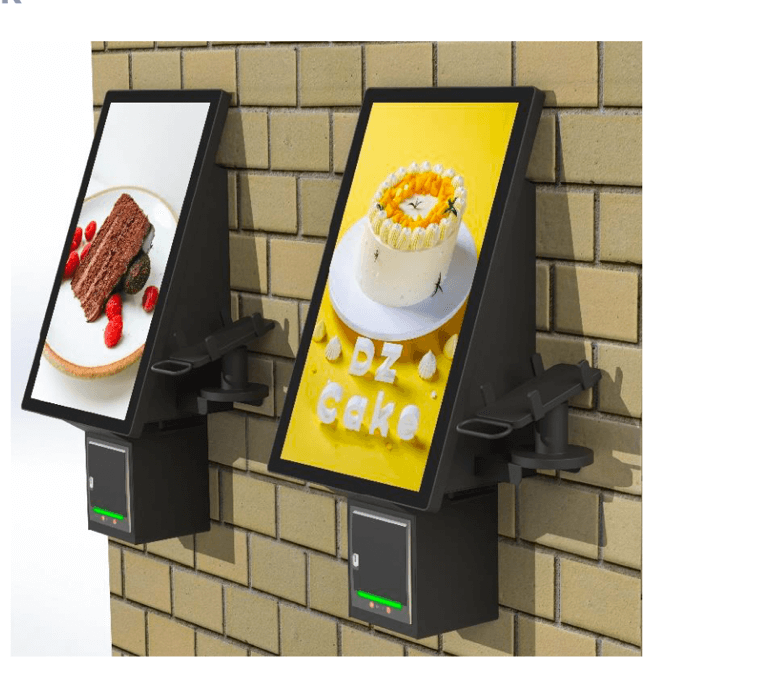The future of retail is clear. Everything about how we shop and function as consumers point to E-commerce dominance. Online shopping and e-commerce have experienced significant growth in recent years, and this trend is likely to continue. Consumers are increasingly opting for the convenience of shopping from home and enjoying features like personalized recommendations and fast delivery.
Retailers are adopting an omnichannel approach to provide a seamless shopping experience across various channels, including physical stores, websites, mobile apps, and social media platforms. Integrating online and offline experiences allows customers to switch between channels effortlessly for unparalleled flexibility. Never before has the consumer had so many options at their literal fingertips.
With the widespread use of smartphones, mobile shopping has become more prevalent. Retailers are focusing on optimizing their websites and apps for mobile devices, enabling customers to browse and purchase products conveniently on their phones.
Retailers are also investing in technologies like artificial intelligence (AI) and machine learning (ML) to personalize the shopping experience. These technologies analyze customer data to provide tailored recommendations, promotions, and offers, enhancing customer satisfaction and loyalty.
Even Augmented Reality (AR) and Virtual Reality (VR) technologies are being integrated into the retail space, allowing customers to virtually try on clothing, eyewear, and jewelry and visualize furniture in their homes, or experience immersive product demonstrations. This enhances customer engagement and helps them make more informed purchasing decisions. This is also a key way to distinguish brands in the marketplace, by offering customers to “try before they buy.”
Now, let’s discuss the impact of self-service kiosks on small businesses given the change in the retail space:
Self-service kiosks have the potential to offer several benefits to small businesses, such as:
Increased Efficiency
Self-service kiosks can automate various tasks, such as product selection, payment processing, and order placement. This reduces the need for staff involvement, allowing businesses to serve more customers simultaneously and improving overall efficiency. By re-deploying staff to areas of greater need, businesses are able to operate leaner.
Cost Savings
By minimizing the reliance on human labor for routine tasks, small businesses can potentially save on staffing costs or redeploy staff to areas of greater need. Self-service kiosks can operate around the clock, making them a cost-effective option for businesses with limited resources.
Improved Customer Service
Self-service kiosks can provide quick and convenient service to customers, minimizing waiting times and allowing them to browse and purchase products at their own pace. This enhanced customer experience can lead to increased satisfaction and repeat business.
Data Collection and Analysis
Self-service kiosks can gather valuable customer data, such as purchasing patterns and preferences. Small businesses can leverage this data to gain insights into customer behavior, improve inventory management, and personalize marketing strategies.
However, it’s important to note that the impact of self-service kiosks on small businesses may vary depending on the specific industry, target market, and implementation strategy. The self-service kiosk is able to offer customers more of what they have grown accustomed to in the new normal. Digitization of services and greater autonomy, even when their respective journeys take them inside brick-and-mortar stores.
Conclusion: Self-Service Kiosks for Future
Simply put, touch screen self ordering kiosks may very well be the way forward for small retail businesses as it marries the concept of options at your fingertips with the idea that customers can still touch and feel brand offerings in person. It manages to maintain the old, traditional model of personal interaction that characterizes retail while capturing the essence of the new efficiency and autonomy that customers have come to appreciate.

